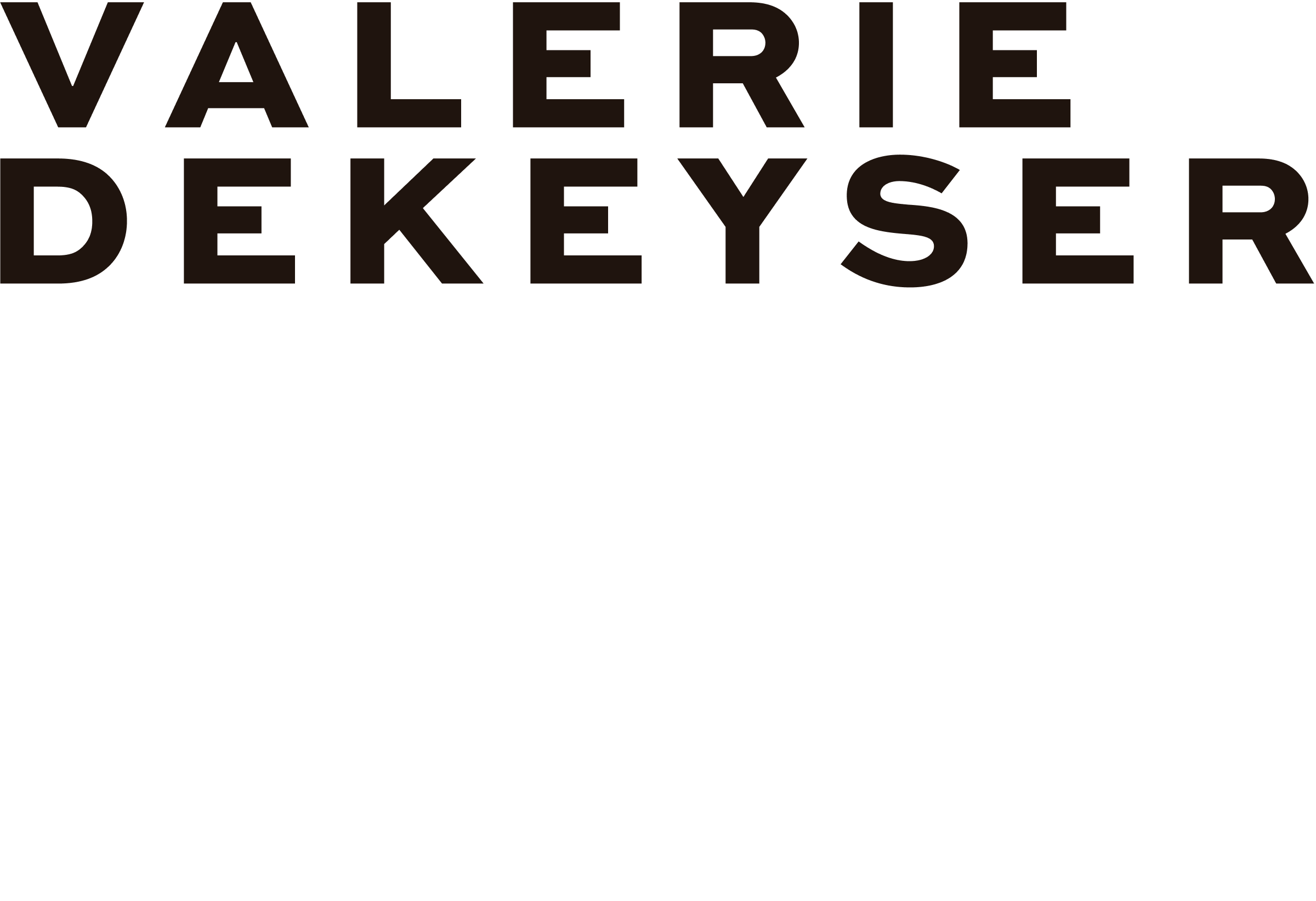
ANIMAL : MINERAL
PRODUCT DESIGN DEVELOPMENT
Pendant Light Collection
OVERVIEW
Animal: Mineral is a sculptural lighting collection that explores the tension between the natural world and the man-made.
Currently available at Blackman Cruz, the collection was also exhibited at Salone del Mobile in Milan, Twentieth Art & Design in Los Angeles, and select galleries.
One-of-a-kind pendant from the collection, available at Blackman Cruz, Los Angeles.
patinated steel and iridescent ocellated turkey feathers
CONCEPT & INTENT
Given the abstract design brief—to create objects using iron, sugar, and currency—I focused on interpreting it through materiality and form. The collection evolved to explore how these materials convey worth and challenge assumptions.
Steel answered to iron—strong, industrial, and a constant across the series.
Currency became the literal light source, but more importantly, it raised questions about the value of nature versus the manufactured.
And my respect for nature and wildlife ultimately—and surprisingly—shaped how I approached the final element: sugar.
DESIGN PROCESS
The design process began with extensive sketching and exploratory form studies.
Fast and scrappy prototyping came next, built from materials like paper, foil, textiles, and chopsticks—whatever was on hand. The challenge was defining a form that could visually anchor—and stand in contrast to—the diversity of interior materials.
The breakthrough came with the inspiration of Richard Serra’s steel sculptures. The chosen form—a bent conical shape, stripped of ornament—offered a stark architectural foil to the organic textures within: structured horsehair, ethically sourced peacock pelt, and the shimmering illusion of the “metal fur” I ultimately devised.
Subsequent iterations and 3D-printed prototypes refined how the interior materials would be revealed—how they sat within the steel, how they might mislead, and how light would activate their inherent qualities.
MATERIAL INNOVATION & RESEARCH
A key aspect of the project was the sourcing and inventive use of materials.
Horsehair, sourced ethically from healthy horses—with only a small portion of the tail clipped—provided a linear, structured element.
Peacock pelts, obtained from birds that died of natural causes in avian sanctuaries, offered radiant color and pattern, and threw light beautifully.
The most challenging material was fur. Rejecting the use of real fur for ethical reasons, I developed a “metal fur” using magnetically reactive iron dust. To soften its look for a more realistic effect, I experimented with baby powder, baking soda, and white spray paint. In a moment of serendipity, I reached for powdered sugar. Only afterward did I realize I had fulfilled the third part of the brief—sugar.
DETAILS & FABRICATION
The final pendants feature bent cold-rolled steel forms, each lined with the distinctive interior material. Interior lighting accentuates the contrast: hard, architectural silhouettes containing the soft textures of horsehair and feathers—and the shimmering, unusual appearance of the “metal fur."
The fabrication process unfolded through multiple iterations—combining traditional sketching, digital modeling in Rhino, 3D-printed prototypes, and hands-on maquette work.
Collaboration with expert consultants—including skilled welders and taxidermist Patrick Rummans (known for his work on the Aflac Duck commercials)—was key to refining how the interior elements were integrated and balanced within each steel form.
IN SITU
From fabrication to final form, these images capture the pendant lights in context—styled in interior environments and during their debut.
— Interview footage and exhibition photo from Rossana Orlandi Gallery —
OUTCOME & IMPACT
What began as an abstract idea evolved into a lighting series that found traction with both audiences and editors.
Launched at Milan’s Salone del Mobile at the acclaimed Rossana Orlandi Gallery, the collection drew international attention—including being named one of New York Magazine’s “Top 50 to See” at the event.
Further coverage from World of Interiors and Luxe, among others, along with exhibitions in Los Angeles and Chicago, underscored the collection’s critical reception.





















































